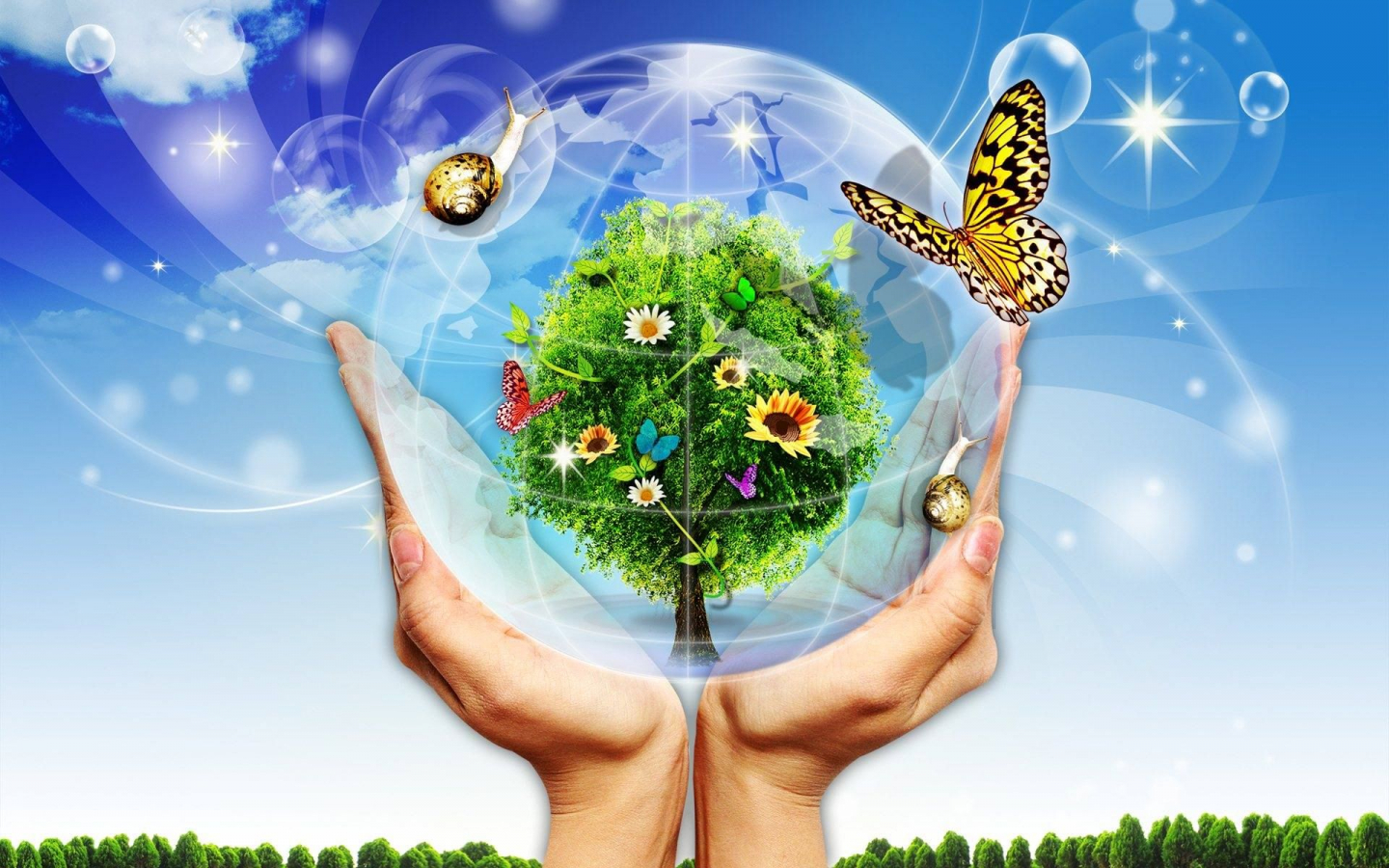First results were performed by the research team in E3S Web of Conferences.
Biotechnology engineers explained that, around 53.6 million tons of e-waste have been generated worldwide by 2020. Their number is growing every year, and in 10 years this figure may reach 74.7 million.
–Today, the average lifespan of mobile phones and computers is around 2 and 6 years. The devices become waste after that cannot be recycled. As a result, they pollute the environment. Therefore, we have proposed a method that will allow rare and expensive metals to be returned to the production cycle, ”says Anastasia Chugainova, a postgraduate student of the Environmental Protection Department of the Chemical Technology, Industrial Ecology and Biotechnology Faculty of Perm Tech
E-waste contains many rare and expensive metals such as indium, gold, cerium and erbium. In addition, they contain other useful elements: aluminum, arsenic, boron, barium, calcium, chromium, copper, iron, potassium, magnesium, molybdenum, sodium, nickel, lead, tin, antimony, strontium and zinc. In particular, the screens are coated with indium and tin to get a touch screen function. Most smartphones are equipped with a display made from a mixture of aluminum oxide and silicon dioxide. It is additionally hardened with potassium ions to increase its strength. Rarer elements are being used to make a color display and resist UV radiation, the researchers said.
Rare metals are now being recovered from natural sources, but these will last for 20 years. Their content is 0.001% to 0.1%. Extraction produces more than 90% of additional impurities. By recycling electronics, you can get more useful material and reduce the hazard class of waste. Isolation of a specific metal from the entire flow will allow it to be returned to the production cycle, and not buried at MSW landfills, as it is happening now.
–. We leach metals into a solution that needs to be brought to the required pH level. Microscopic algae Chlorella Vulgaris, Chlorella Sorokiniana, Chlorella Spirulina, and Scenedesmus sp. absorb them from screens and monitors. Then we burn the algae, and the metals remain in the ash residue. We are now "training" algae to "selectively" extract rare metals. Our group has already determined the necessary conditions for the processing of screens and the abstraction of metals, explains the biotechnology engineers.
According to biotechnology engineers opinion, the development may be of interest to consumers of rare metals - manufacturers of electronic equipment and enterprises of the machine-building and metal industries. In addition, the technology can be applied at plants for the abstraction and production of rare metals and at landfills for municipal solid waste.
For information only:
The project of the young researcher was supported by the Russian Fund for the Promotion of Innovations under the UMNIK program (2019 - 2021). In addition, Anastasia Chugainova completed a one-year internship on this topic at the Technical University of Hamburg (Germany) with the support of a scholarship from the President of the Russian Federation (2018 - 2019).


